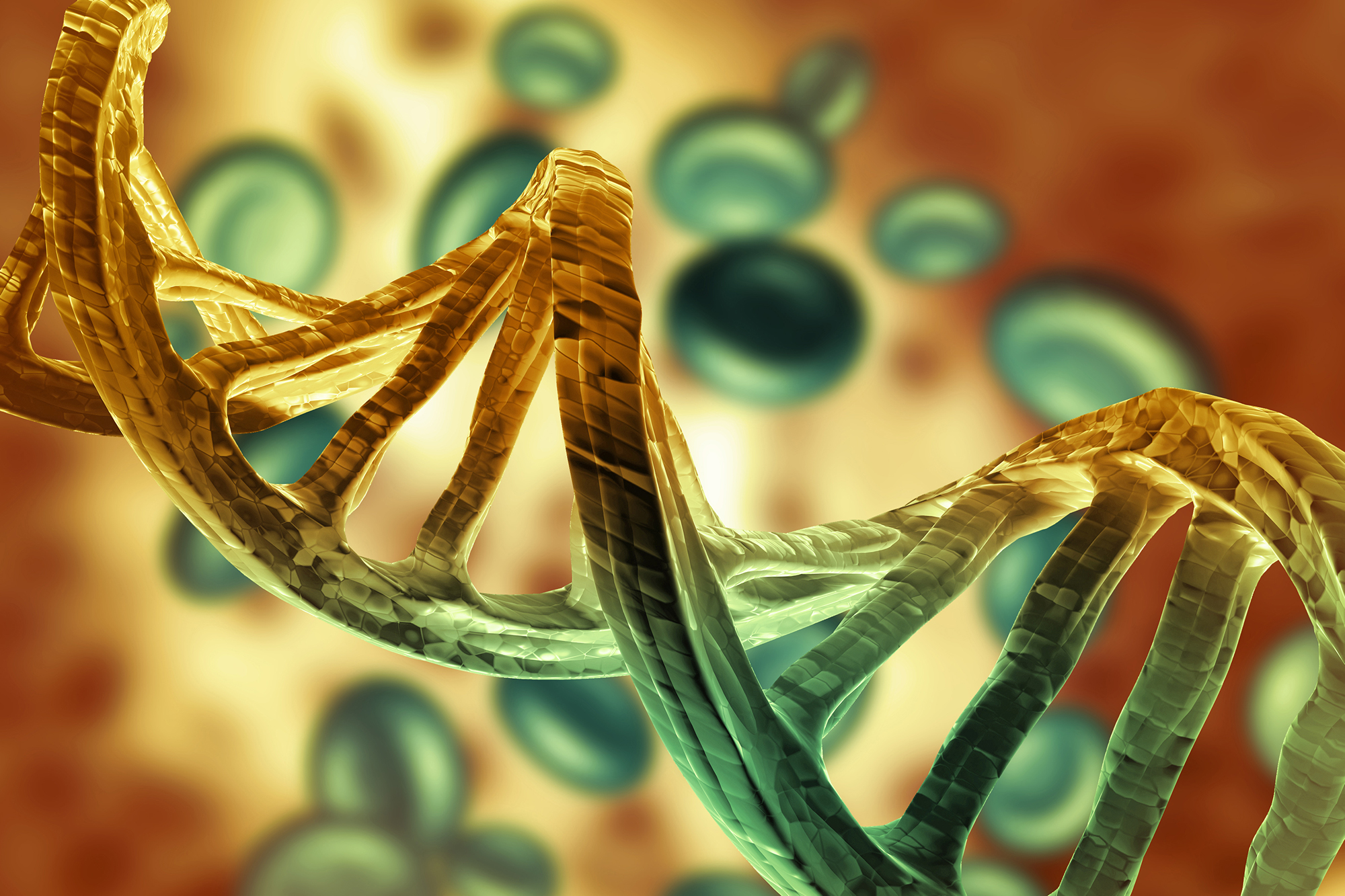Human artificial chromosomes (HACs) capable of working within human cells could power advanced gene therapies, including those addressing some cancers, along with many laboratory applications, though serious technical obstacles have hindered their development. Now a team led by researchers at the Perelman School of Medicine has made a significant breakthrough in this field that effectively bypasses a common stumbling block.
In a study published in Science, the researchers explained how they devised an efficient technique for making HACs from single, long constructs of designer DNA. Prior methods for making HACs have been limited by the fact that the DNA constructs used to make them tend to join together—“multimerize”—in unpredictably long series and with unpredictable rearrangements. The new method allows HACs to be crafted more quickly and precisely, which, in turn, will directly speed up the rate at which DNA research can be done. In time, with an effective delivery system, this technique could lead to better engineered cell therapies for diseases like cancer.
“Essentially, we did a complete overhaul of the old approach to HAC design and delivery,” says Ben Black, the Eldridge Reeves Johnson Foundation Professor of Biochemistry and Biophysics at Penn. “The HAC we built is very attractive for eventual deployment in biotechnology applications, for instance, where large-scale genetic engineering of cells is desired. A bonus is that they exist alongside natural chromosomes without having to alter the natural chromosomes in the cell.”
In their study, the Penn Medicine researchers devised improved HACs with multiple innovations. These included larger initial DNA constructs containing larger and more complex centromeres, which allow HACs to form from single copies of these constructs. For delivery to cells, they used a yeast-cell-based delivery system capable of carrying larger cargoes.
“Instead of trying to inhibit multimerization, for example, we just bypassed the problem by increasing the size of the input DNA construct so that it naturally tended to remain in predictable single-copy form,” says Black.
Read more at Penn Medicine News.








